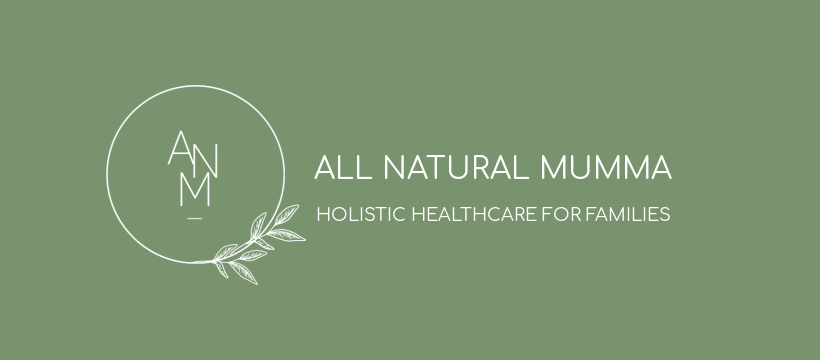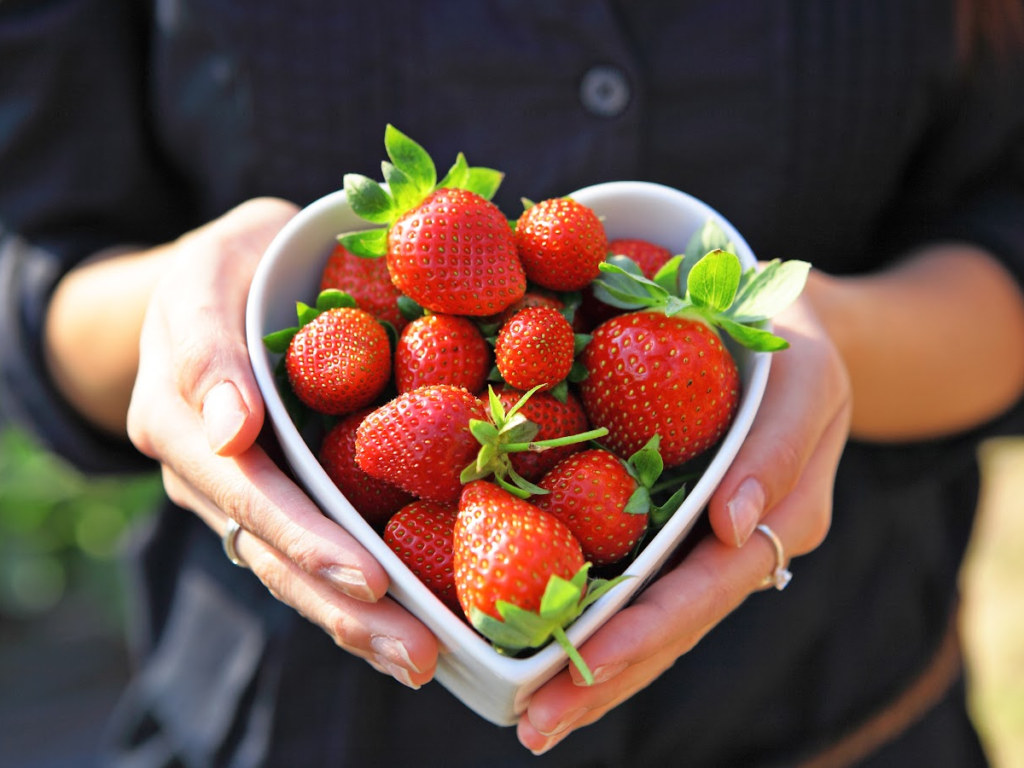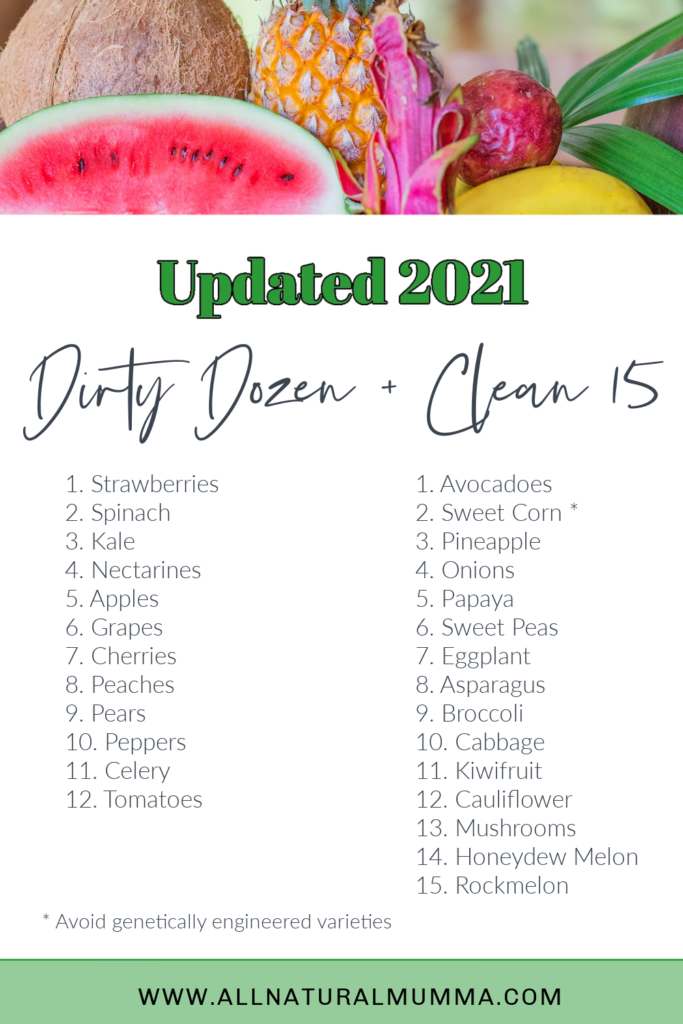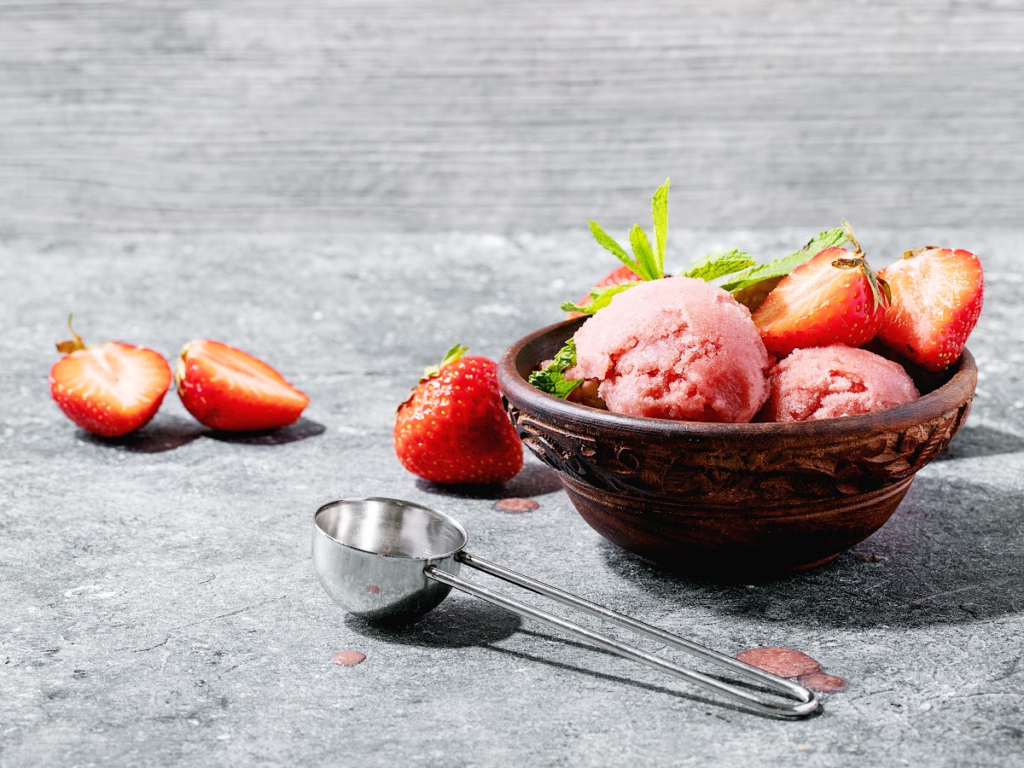Does the idea of growing your own medicine seem exciting to you?
Here are 10 plants that you can easily grow in your garden that have medicinal benefits.
COMFREY
Comfrey prefers moist soil in a sunny or partially shaded site. The leaves and flowering tops are gathered in Summer and the roots in Autumn. Wear gloves!
Due to comfrey’s rapid healing potential, use on clean wounds only.
- useful in First Aid
- known as ‘knitbone’
- useful for sprains, strains, bruises, aches and pains, arthritis and ulcers
- speeds up the healing of bones and tissues
- useful expectorant
- reduces gastrointestinal and bronchial inflammation
- applied topically as a poultice, cream or macerated oil
Avoid during pregnancy. Not to be taken internally.
ECHINACEA (coneflowers)
Echinacea prefers fertile, moist, well-drained soil in full sun. The leaves can be gathered anytime during the growing season and the roots can be dug out in Autumn after flowering.
Echinacea is best taken as a tincture and combines well with elderberry for respiratory conditions.
Dilute and use as a lotion for wounds and bites.
- natural antibiotic
- immune booster
- shortens the duration of colds and flu
- useful for coughs, colds, earache, viral infections and sore throats
- joint and cartilage healer
- spider and snake bites
- insect sting
- may help prevent severe infection
Avoid high doses which may occasionally cause nausea and dizziness.
CHAMOMILE
Both German and Roman Chamomile prefer a sunny position in the garden with well-drained, slightly acidic soil. The flowers are gathered in Summer.
Chamomile is best known as a calming tea but when cooled can also act as a soothing lotion to relieve hot, irritated or inflamed skin.
- helps to relieve eczema, skin rashes, sunburn and hives
- calms digestive system and feelings of nausea
- relieves indigestion and gastrointestinal spasms
- helps with feelings of nervousness
- reduces stress and insomnia
- may relieve menstrual cramps due to antispasmodic nature
- reduces itchiness
- reduces fever
- soothes the nerves
Chamomile may cause contact dermatitis. Avoid if allergic to the Compositae family.
CRAMP BARK
Cramp bark prefers to grow in moist, well drained soil in sun or in dappled shade. Collect the inner bark in Spring and Summer while the plant is in flower.
It’s no surprises how this amazing plant can help you. Just look at the name!
Best used as a tincture.
- relaxes the muscles
- antispasmodic
- useful for menstrual cramps and excessive bleeding
- reduces backache and muscular spasms
Avoid during pregnancy.
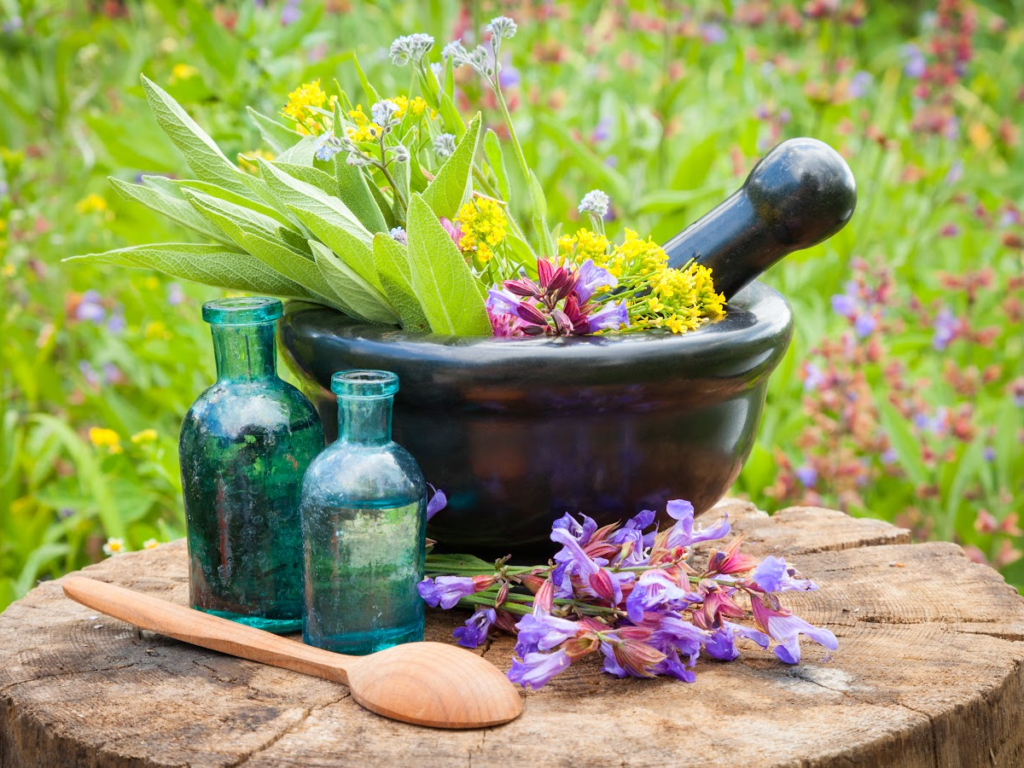
CAYENNE
Cayenne (or chile pepper) loves to grow in pots with loads of good quality compost. Gather in Summer when the fruit is ripe and dry in the shade.
Cayenne is most often used in cooking but has traditionally been used as a warming remedy. Use the powder or fresh fruit (including the seeds) to make a macerated oil or tincture.
Can be used in warm water too.
- stimulates the circulatory system
- regulates blood flow
- helps to maintain healthy blood pressure
- strengthens the heart, arteries, capillaries and nerves
- may arrest internal and external bleeding
- clears phlegm from the lungs
- reduces sinus congestion
Excessive use of cayenne pepper can lead to gastric irritation. Avoid touching the eyes when handling.
YARROW
Yarrow prefers full sun and well drained soil. Flowers can be gathered as soon as they appear and the leaves and other aerial parts in Summer.
Yarrow was traditionally used to treat wounds however it is also beneficial to both the urinary and respiratory systems.
- combine with lime blossoms and hawthorn for healthy blood pressure
- may assist with arteriosclerosis
- soaked cotton balls in tincture for nosebleed
- assists with fever, promotes sweating
- boosts immunity
- tones blood vessels
- stimulates digestion
- urinary antiseptic
- assists with cystitis
- wound healing
- reduces menstrual cramps
- reduces colds and flu
- yarrow root for dental pain
Avoid in pregnancy.
GRINDELIA (gumweed)
Grindelia prefers light to medium sandy soil and full sun. Collect the aerial parts as soon as the flower buds open and dry in the sun.
Traditionally Grindelia was used to treat dermatitis caused by poison ivy.
- assists with asthmatic and bronchial conditions
- relaxes smooth muscles and heart muscles
- helps to reduce catarrh and upper respiratory congestion
- useful in treating cystitis and bladder infections
- may help to reduce blood pressure
- may increase heart rate to assist with healing
- useful expectorant
- antispasmodic
- antimicrobial
Grindelia is not recommended for those with heart or kidney conditions.
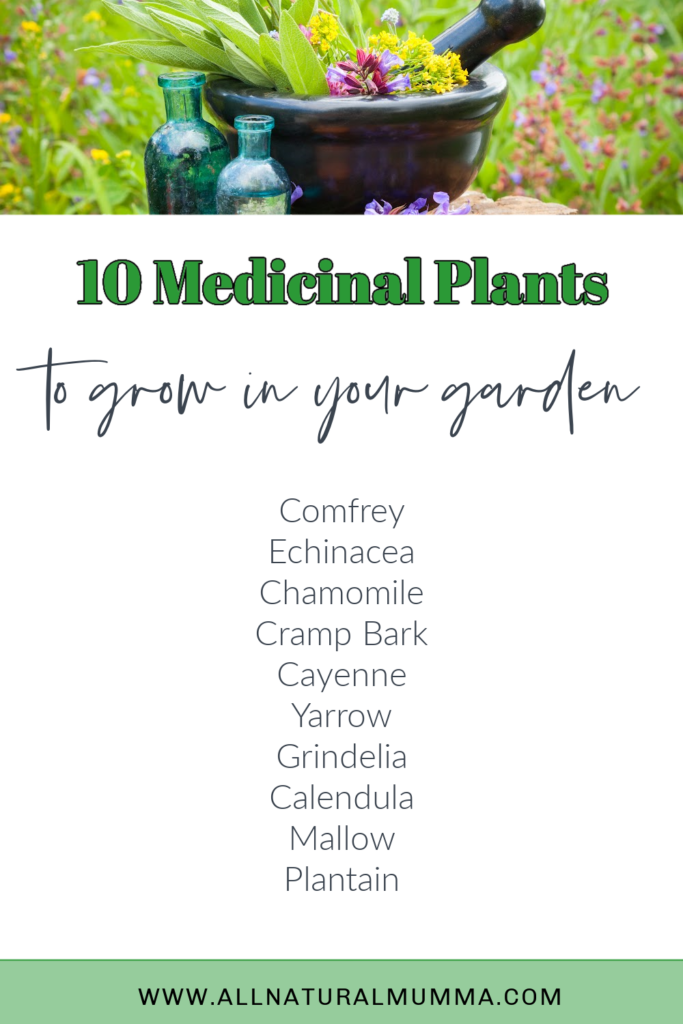
CALENDULA (marigold)
Calendula prefers to grow in well drained soil in full sun but will also tolerate some shade. Collect the flowers in Summer and take care when drying to prevent discolouration.
Calendula is a popular plant that is prized for its versatility. Best used as an infusion, tincture, cream or macerated oil.
- stimulates healing and is soothing to the skin
- useful for abrasions, rashes, eczema, ulcers and wounds
- antiseptic, great for first aid
- reduces inflammation on the skin
- may be useful for wound healing and external bleeding
- helpful when used on bruises and strains
- useful cleansing agent and healing cream
- apply to minor burns and scalds
- use the macerated oil to prevent stretch marks
- helps regulate healthy menstrual flow
- helpful for digestive conditions like gastric and duodenal ulcers
Avoid if allergic to ragweed, daisies, marigold, or plants in the Asteraceae/Compositae family.
MALLOW (common mallow)
Mallow loves well drained soil and prefers full sun, however it will tolerate dappled shade as well. Collect the flowers and leaves in Summer.
The entire plant is edible and is commonly used as a compress, tincture or infusion.
- useful for bladder infections
- helps to recover from gastritis and stomach ulcers
- helps to treat bronchial inflammation, laryngitis and pharyngitis
- aids respiratory health and reduces catarrh
- used topically against abscesses, boils and minor burns
- soothing to the throat due to mucilage content
- soothing to wounds, rashes and insect bites
- may act as a gentle laxative
- relieves anxiety and nervousness
Mallow is a safe, edible plant when harvested in proper locations and not contaminated. You might even find it in your own backyard!
PLANTAIN
Plaintain enjoys moist, poor to moderately fertile soil in full sun or partial shade and can often be found growing in hedges, pavement cracks and grassy areas. Gather the leaves in Summer from unpolluted areas.
Plantain is a common weed that is traditionally used in first aid. Use topically in the form of a poultice or ingest as a syrup, infusion, tincture or juice!
- natural antihistamine action
- useful for venomous bites and stings
- soothes irritation from rashes
- combine with calendula to treat cuts and abrasions
- treats bladder infections
- reduces excess fluid in the body
- useful for coughs and mild bronchitis
- naturally astringent and antiseptic
- supports tissue regeneration
- helps in cases of diarrhoea and haemorrhoids
All information provided on this website is for informational purposes only. Please seek professional advice before commencing any treatment.
